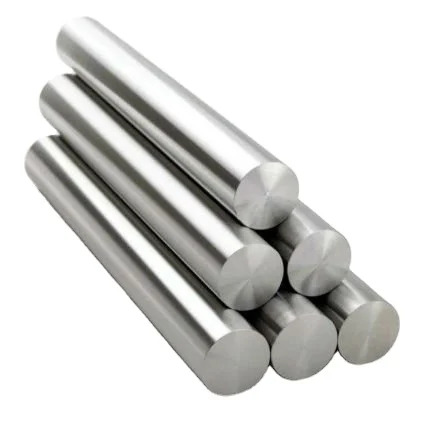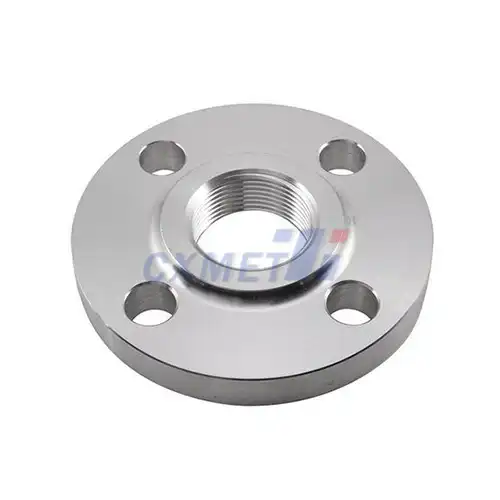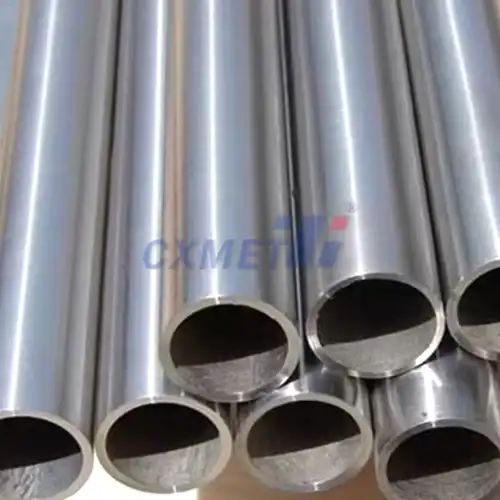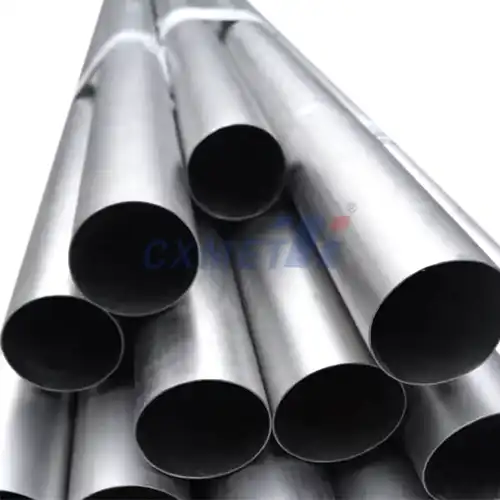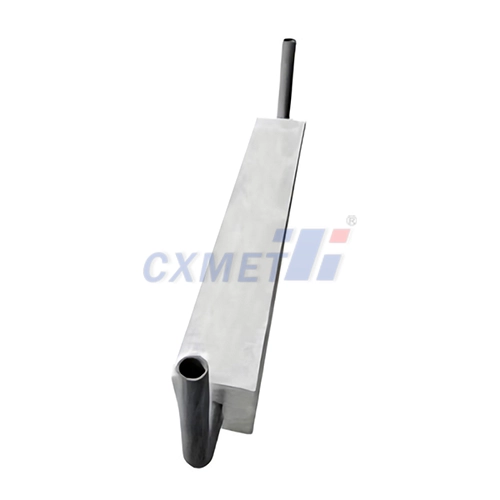- English
- French
- German
- Portuguese
- Spanish
- Russian
- Japanese
- Korean
- Arabic
- Greek
- German
- Turkish
- Italian
- Danish
- Romanian
- Indonesian
- Czech
- Afrikaans
- Swedish
- Polish
- Basque
- Catalan
- Esperanto
- Hindi
- Lao
- Albanian
- Amharic
- Armenian
- Azerbaijani
- Belarusian
- Bengali
- Bosnian
- Bulgarian
- Cebuano
- Chichewa
- Corsican
- Croatian
- Dutch
- Estonian
- Filipino
- Finnish
- Frisian
- Galician
- Georgian
- Gujarati
- Haitian
- Hausa
- Hawaiian
- Hebrew
- Hmong
- Hungarian
- Icelandic
- Igbo
- Javanese
- Kannada
- Kazakh
- Khmer
- Kurdish
- Kyrgyz
- Latin
- Latvian
- Lithuanian
- Luxembou..
- Macedonian
- Malagasy
- Malay
- Malayalam
- Maltese
- Maori
- Marathi
- Mongolian
- Burmese
- Nepali
- Norwegian
- Pashto
- Persian
- Punjabi
- Serbian
- Sesotho
- Sinhala
- Slovak
- Slovenian
- Somali
- Samoan
- Scots Gaelic
- Shona
- Sindhi
- Sundanese
- Swahili
- Tajik
- Tamil
- Telugu
- Thai
- Ukrainian
- Urdu
- Uzbek
- Vietnamese
- Welsh
- Xhosa
- Yiddish
- Yoruba
- Zulu
What are the Chemical Properties of GR2 Titanium Seamless Tubes?
2024-08-08 17:23:18
Grade 2 (GR2) titanium seamless tubes are renowned for their exceptional chemical properties, making them a preferred choice in various industries. These tubes exhibit a unique combination of strength, corrosion resistance, and biocompatibility, which sets them apart from other materials. The chemical composition of GR2 titanium primarily consists of pure titanium with minimal alloying elements, resulting in a material that offers superior performance in demanding applications.
What are the advantages of using GR2 Titanium Seamless Tubes in corrosive environments?
GR2 titanium seamless tubes have gained significant popularity in corrosive environments due to their outstanding resistance to various chemical agents. This exceptional corrosion resistance stems from the formation of a stable, continuous, and highly adherent oxide film on the surface of the titanium. This protective layer, primarily composed of titanium dioxide (TiO2), acts as a barrier against aggressive chemical attacks.
One of the key advantages of using GR2 titanium seamless tubes in corrosive environments is their ability to withstand a wide range of corrosive media. These tubes exhibit excellent resistance to chlorides, which are notorious for causing pitting and crevice corrosion in many other metals. This makes them particularly suitable for applications in marine environments, chemical processing plants, and desalination facilities.
Furthermore, GR2 titanium seamless tubes demonstrate remarkable resistance to oxidizing acids, such as nitric acid and chromic acid. This property makes them invaluable in industries where exposure to these aggressive chemicals is common, such as in the production of fertilizers, petrochemicals, and specialty chemicals. The tubes' ability to maintain their structural integrity and performance in these harsh conditions leads to extended service life and reduced maintenance costs.
Another significant advantage of GR2 titanium seamless tubes is their resistance to stress corrosion cracking (SCC). This phenomenon, which occurs when a material is subjected to both tensile stress and a corrosive environment simultaneously, can lead to catastrophic failure in many other materials. However, GR2 titanium's inherent resistance to SCC enhances its reliability and safety in critical applications.
The corrosion resistance of GR2 titanium seamless tubes also extends to high-temperature environments. These tubes maintain their protective oxide layer even at elevated temperatures, making them suitable for use in heat exchangers, chemical reactors, and other high-temperature process equipment where corrosion resistance is crucial.
Moreover, the passive oxide layer on GR2 titanium seamless tubes can quickly reform if damaged, providing continuous protection against corrosion. This self-healing property ensures long-term reliability and minimizes the risk of unexpected failures due to localized corrosion damage.
In addition to their corrosion resistance, GR2 titanium seamless tubes offer excellent erosion resistance. This property is particularly beneficial in applications involving high-velocity fluid flow or abrasive particles, where other materials might suffer from rapid wear and degradation.
How does the chemical composition of GR2 Titanium Seamless Tubes affect their mechanical properties?
The chemical composition of GR2 titanium seamless tubes plays a crucial role in determining their mechanical properties. As a commercially pure titanium grade, GR2 contains a minimum of 98.9% titanium, with small amounts of alloying elements and impurities. This composition results in a unique combination of strength, ductility, and toughness that makes GR2 titanium seamless tubes suitable for a wide range of applications.
One of the primary effects of the chemical composition on mechanical properties is the strength-to-weight ratio. GR2 titanium seamless tubes exhibit a high strength-to-weight ratio, which means they offer excellent strength while remaining relatively lightweight. This property is particularly advantageous in aerospace, automotive, and marine applications, where weight reduction is crucial for improved performance and fuel efficiency.
The presence of interstitial elements, such as oxygen, nitrogen, and carbon, in controlled amounts within the GR2 titanium composition contributes to its strength. These elements occupy the interstitial spaces in the titanium crystal lattice, leading to solid solution strengthening. This mechanism enhances the material's yield strength and tensile strength without significantly compromising its ductility.
Furthermore, the chemical composition of GR2 titanium seamless tubes influences their work hardening behavior. When subjected to plastic deformation, the material exhibits a moderate degree of work hardening, which can be beneficial in applications requiring increased strength after forming or shaping processes.
The fatigue resistance of GR2 titanium seamless tubes is another mechanical property influenced by their chemical composition. The high purity of the material, combined with its hexagonal close-packed (HCP) crystal structure, contributes to excellent fatigue performance. This property is crucial in applications involving cyclic loading, such as in the aerospace industry or in chemical processing equipment subjected to pressure fluctuations.
Moreover, the chemical composition of GR2 titanium seamless tubes affects their fracture toughness. The material exhibits good fracture toughness, which is the ability to resist crack propagation under stress. This property is essential for ensuring the safety and reliability of components made from these tubes, particularly in critical applications where sudden failure could have severe consequences.
The chemical composition also plays a role in determining the material's ductility and formability. GR2 titanium seamless tubes offer good ductility, allowing for various forming operations without compromising the material's integrity. This property is particularly valuable in manufacturing processes that involve bending, flaring, or other shaping techniques.
Additionally, the thermal expansion characteristics of GR2 titanium seamless tubes are influenced by their chemical composition. The material exhibits a relatively low coefficient of thermal expansion compared to many other metals, which can be advantageous in applications involving temperature fluctuations or in situations where dimensional stability is critical.
What are the biocompatibility characteristics of GR2 Titanium Seamless Tubes in medical applications?
GR2 titanium seamless tubes have gained significant prominence in medical applications due to their exceptional biocompatibility characteristics. The biocompatibility of a material refers to its ability to perform with an appropriate host response in a specific application, and GR2 titanium excels in this aspect, making it a preferred choice for various medical devices and implants.
One of the primary biocompatibility characteristics of GR2 titanium seamless tubes is their excellent corrosion resistance in physiological environments. When exposed to bodily fluids, titanium forms a stable and inert oxide layer on its surface, which prevents the release of metal ions into the surrounding tissues. This property is crucial in preventing adverse reactions and ensuring the long-term safety of medical implants and devices.
Furthermore, GR2 titanium seamless tubes demonstrate remarkable osseointegration properties. Osseointegration refers to the direct structural and functional connection between living bone tissue and the surface of an implant. The surface characteristics of titanium, including its roughness and chemical composition, promote the adhesion and proliferation of osteoblasts (bone-forming cells). This leads to strong bone-implant interfaces, which is essential for the success of dental implants, orthopedic prostheses, and other bone-related medical applications.
The low allergenic potential of GR2 titanium seamless tubes is another critical biocompatibility characteristic. Unlike some other metals used in medical applications, such as nickel or cobalt, titanium rarely causes allergic reactions or hypersensitivity in patients. This property makes it suitable for a wide range of patients, including those with metal allergies, and reduces the risk of complications associated with implant rejection.
Moreover, GR2 titanium seamless tubes exhibit excellent compatibility with medical imaging techniques. The material is non-ferromagnetic, which means it does not interfere with magnetic resonance imaging (MRI) scans. This property is crucial for patients who may require ongoing diagnostic imaging after receiving titanium implants or devices.
The biocompatibility of GR2 titanium seamless tubes also extends to their interaction with soft tissues. The material demonstrates minimal inflammatory response when in contact with soft tissues, which is essential for applications such as cardiovascular stents, where the device is in direct contact with blood vessels. The low thrombogenicity of titanium surfaces helps reduce the risk of blood clot formation, contributing to the overall safety and efficacy of such devices.
Additionally, the mechanical properties of GR2 titanium seamless tubes complement their biocompatibility characteristics. The material's high strength-to-weight ratio allows for the design of lightweight yet durable medical devices and implants. This is particularly beneficial in applications where minimizing the overall weight of the implant is crucial for patient comfort and mobility, such as in prosthetic limbs or spinal implants.
The fatigue resistance of GR2 titanium seamless tubes is another important factor in their biocompatibility for medical applications. Medical implants and devices are often subjected to cyclic loading over extended periods, and the excellent fatigue properties of titanium ensure long-term reliability and reduced risk of implant failure.
Furthermore, the surface properties of GR2 titanium seamless tubes can be modified to enhance their biocompatibility even further. Various surface treatments and coatings can be applied to improve cell adhesion, promote tissue integration, or incorporate antimicrobial properties. These modifications expand the range of medical applications for titanium tubes and allow for customized solutions to specific clinical needs.
In conclusion, the chemical properties of GR2 titanium seamless tubes make them an invaluable material in various industries and applications. Their exceptional corrosion resistance, favorable mechanical properties influenced by their chemical composition, and outstanding biocompatibility characteristics in medical applications highlight the versatility and importance of this material. As research and development in materials science continue to advance, it is likely that we will see even more innovative applications and improvements in the use of GR2 titanium seamless tubes across diverse fields.
At SHAANXI CXMET TECHNOLOGY CO., LTD, we take pride in our extensive product range, which caters to diverse customer needs. Our company is equipped with outstanding production and processing capabilities, ensuring the high quality and precision of our products. We are committed to innovation and continuously strive to develop new products, keeping us at the forefront of our industry. With leading technological development capabilities, we are able to adapt and evolve in a rapidly changing market. Furthermore, we offer customized solutions to meet the specific requirements of our clients. If you are interested in our products or wish to learn more about the intricate details of our offerings, please do not hesitate to contact us at sales@cxmet.com. Our team is always ready to assist you.
References:
1. ASTM International. (2021). ASTM B338 - Standard Specification for Seamless and Welded Titanium and Titanium Alloy Tubes for Condensers and Heat Exchangers.
2. Rack, H. J., & Qazi, J. I. (2006). Titanium alloys for biomedical applications. Materials Science and Engineering: C, 26(8), 1269-1277.
3. Schutz, R. W., & Thomas, D. E. (1987). Corrosion of titanium and titanium alloys. ASM Handbook, 13, 669-706.
4. Elias, C. N., Lima, J. H. C., Valiev, R., & Meyers, M. A. (2008). Biomedical applications of titanium and its alloys. JOM, 60(3), 46-49.
5. Lutjering, G., & Williams, J. C. (2007). Titanium (2nd ed.). Springer-Verlag Berlin Heidelberg.
6. Donachie, M. J. (2000). Titanium: A Technical Guide (2nd ed.). ASM International.
7. Geetha, M., Singh, A. K., Asokamani, R., & Gogia, A. K. (2009). Ti based biomaterials, the ultimate choice for orthopaedic implants – A review. Progress in Materials Science, 54(3), 397-425.
8. Boyer, R. R. (1996). An overview on the use of titanium in the aerospace industry. Materials Science and Engineering: A, 213(1-2), 103-114.
9. Niinomi, M. (2008). Mechanical biocompatibilities of titanium alloys for biomedical applications. Journal of the Mechanical Behavior of Biomedical Materials, 1(1), 30-42.
10. Peters, M., Kumpfert, J., Ward, C. H., & Leyens, C. (2003). Titanium alloys for aerospace applications. Advanced Engineering Materials, 5(6), 419-427.
